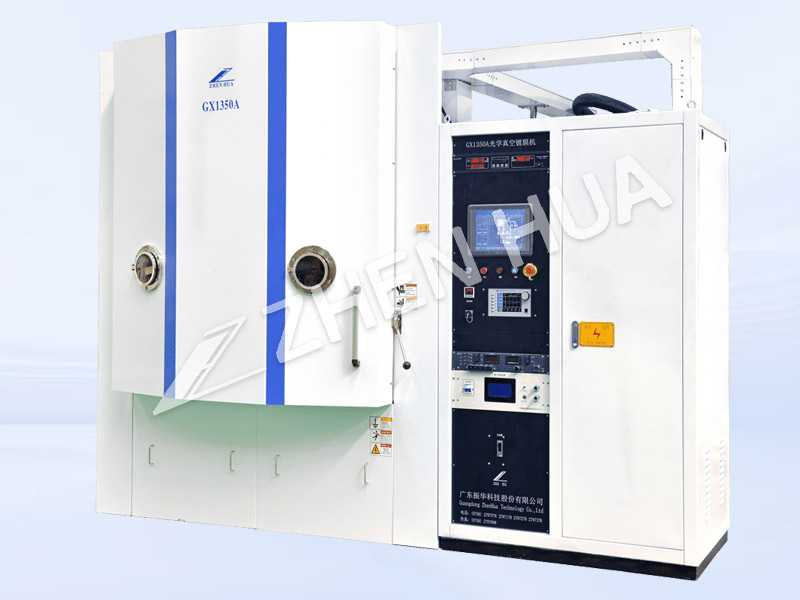The manufacture of optical thin film devices is carried out in a vacuum chamber, and the growth of the film layer is a microscopic process. However, at present, the macroscopic processes that can be directly controlled are some macroscopic factors that have an indirect relationship with the quality of the film layer. Even so, through long-term persistent experimental research, people have found the regular relationship between the film quality and these macro factors, which has become a process specification to guide the manufacturing of film travel devices, and plays an important role in the manufacture of high-quality optical thin film devices.

1. The effect of vacuum plating
The influence of vacuum degree on the properties of the film is due to the energy loss and chemical reaction caused by the gas phase collision between the residual gas and the film atoms and molecules. If the vacuum degree is low, the probability of fusion between the vapor molecules of the film material and the remaining gas molecules increases, and the kinetic energy of the vapor molecules is greatly reduced, making the vapor molecules unable to reach the substrate, or unable to break through the gas adsorption layer on the substrate, or barely able to break through the gas adsorption layer but the adsorption energy with the substrate is very small. As a result, the film deposited by optical thin film devices is loose, the accumulation density is low, the mechanical strength is poor, the chemical composition is not pure, and the refractive index and hardness of the film layer are poor.
Generally, with the increase of vacuum, the structure of the film is improved, the chemical composition becomes pure, but the stress increases. The higher the purity of the metal film and semiconductor film, the better, they depend on the degree of vacuum, which requires a higher direct void. The main properties of films affected by vacuum degree are refractive index, scattering, mechanical strength and insolubility.
2. Influence of deposition rate
Deposition rate is a process parameter that describes the deposition speed of the film, expressed by the thickness of the film formed on the surface of the plating in unit time, and the unit is nm·s-1.
The deposition rate has obvious influence on the refractive index, firmness, mechanical strength, adhesion and stress of the film. If the deposition rate is low, most of the vapor molecules return from the substrate, the formation of crystal nuclei is slow, and condensation can only be carried out on large aggregates, thus making the structure of the film loose. With the increase of deposition rate, a fine and dense film will be formed, light scattering will decrease, and firmness will increase. Therefore, how to properly select the film deposition rate is an important issue in the evaporation process, and the specific selection should be determined according to the film material.
There are two methods to improve deposition rate: (1) increasing evaporation source temperature method (2) increasing evaporation source area method.
Post time: Mar-29-2024

